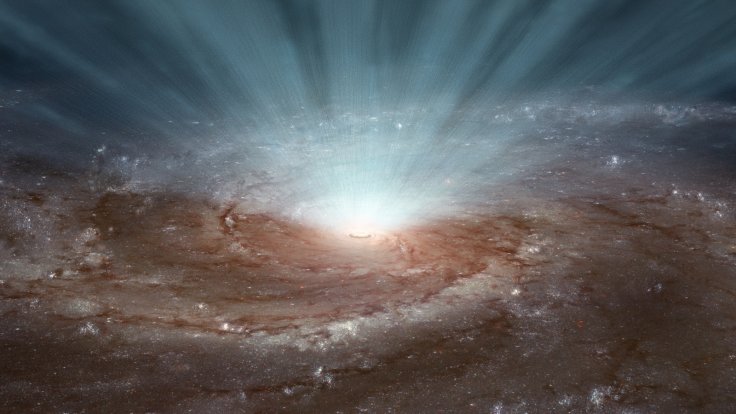
Black holes are one of the most mysterious entities in the universe, and it was only around a few months back that scientists succeeded in capturing the image of a black hole's event horizon. Now, a team of researchers who have been learning about the mechanisms that formed massive black holes in the early history of the Universe has successfully gained very vital clues regarding 13 such black holes. Interestingly, these dwarf galaxies are located less than a billion light-years from the earth, but they are 100 times less massive than the Milky Way.
Smallest galaxies to host supermassive black holes
It should be noted that these dwarfs are the smallest galaxies till discovered to host supermassive black holes. Initial analysis reveals that the supermassive galaxies in these small galaxies have 400,000 times the mass of the sun in the solar system.
"We hope that studying them and their galaxies will give us insights into how similar black holes in the early Universe formed and then grew, through galactic mergers over billions of years, producing the supermassive black holes we see in larger galaxies today, with masses of many millions or billions of times that of the Sun," said Amy Reines, a researcher at the Montana State University who led the study.
During the study, Reines and her colleagues made use of the National Science Foundation's Karl G. Jansky Very Large Array (VLA) to make this mindblowing discovery that could reshape current human understandings about the formation and existence of supermassive black holes.
Researchers who took part in this study also noted that supermassive black holes discovered in dwarf galaxies were found wandering in the outskirts of their galaxies. "This work has taught us that we must broaden our searches for massive black holes in dwarf galaxies beyond their centers to get a more complete understanding of the population and learn what mechanisms helped form the first massive black holes in the early Universe," added Reines.
A Black hole in the edge of the solar system?
A few months back, a study conducted by researchers led by Caltech professor Michael Brown had suggested the presence of a primordial black hole at the edge of the solar system.
Brown and his team suggested that the weird behavior of objects in the Kuiper belt could be the result of the gravitational force exerted by a primordial black hole located at the edge of the solar system. Earlier, several experts have hypothesized the presence of a ninth planet on the solar system's edge to explain the weird behavior of Kuiper belt objects.









